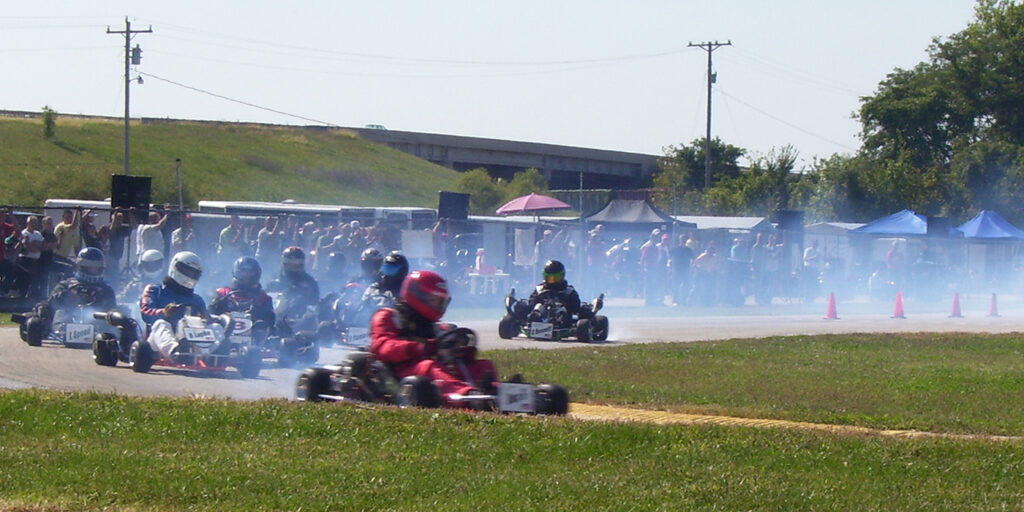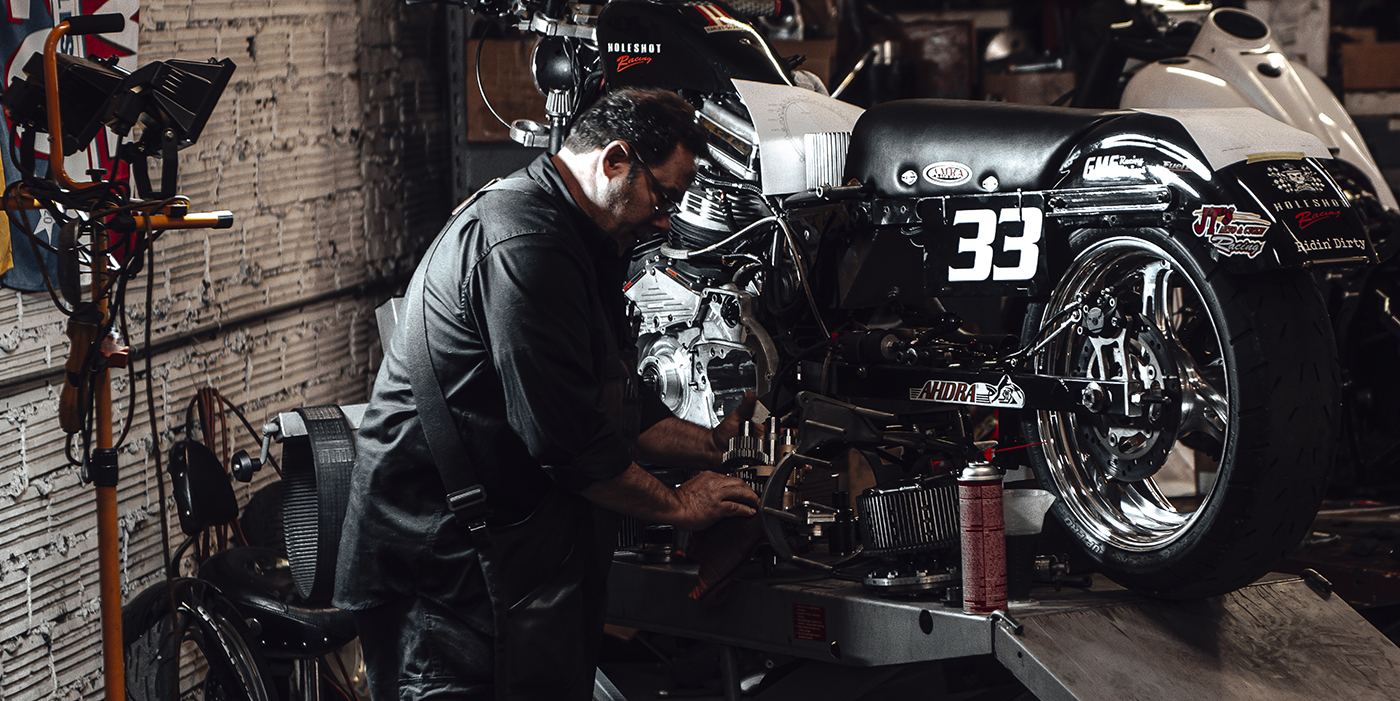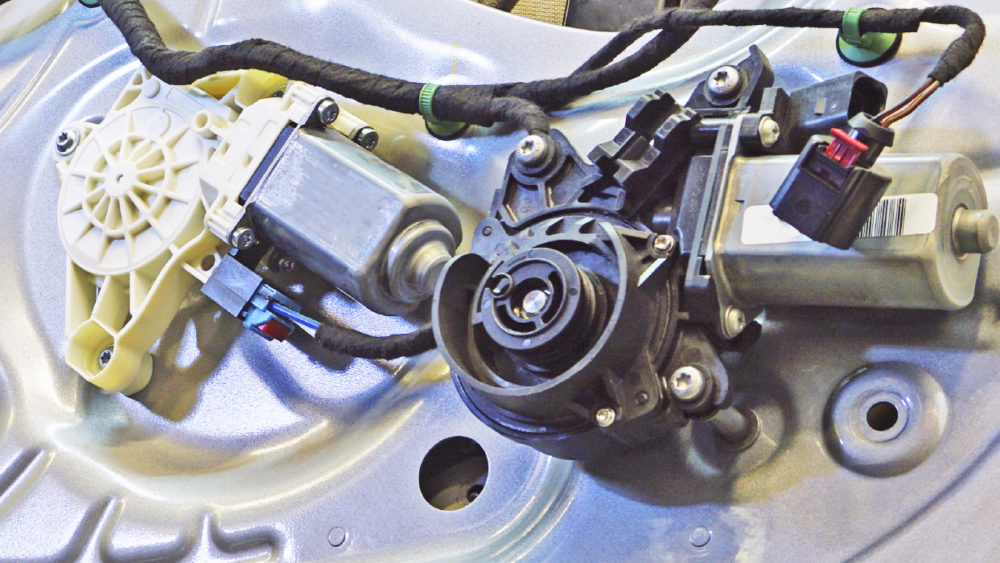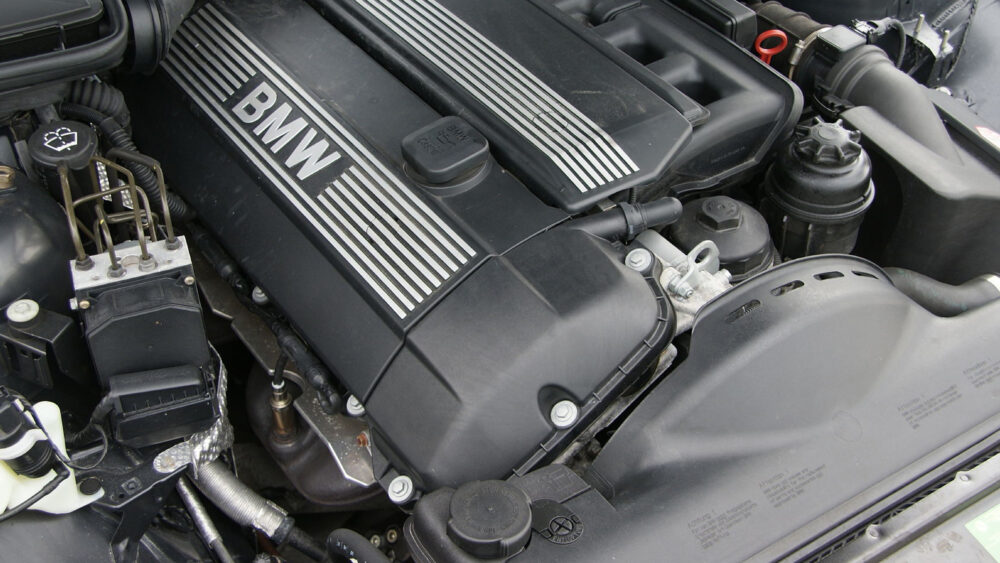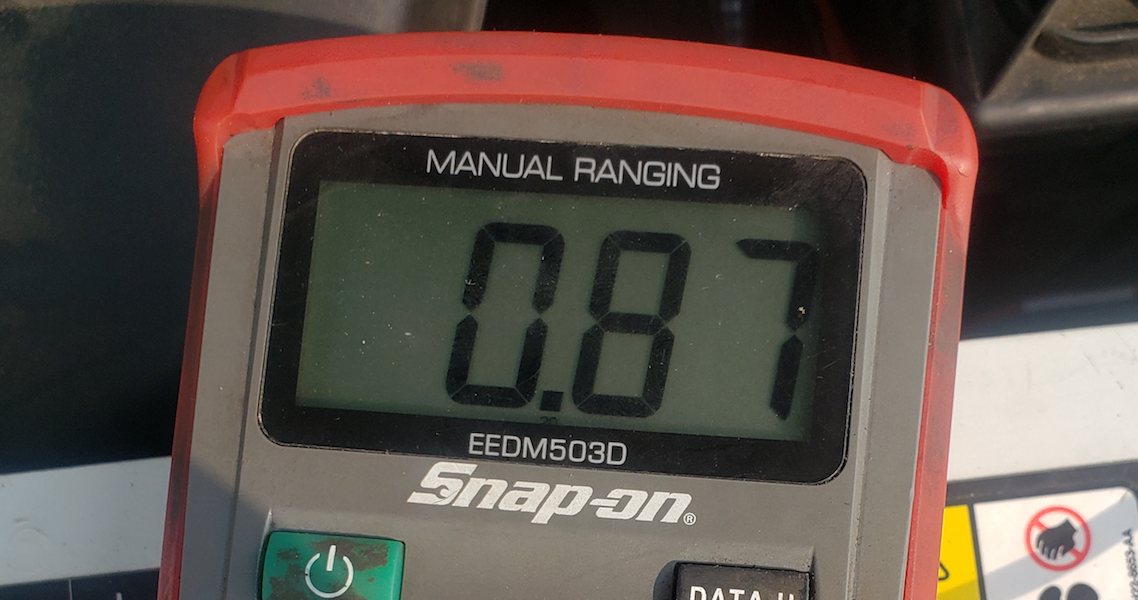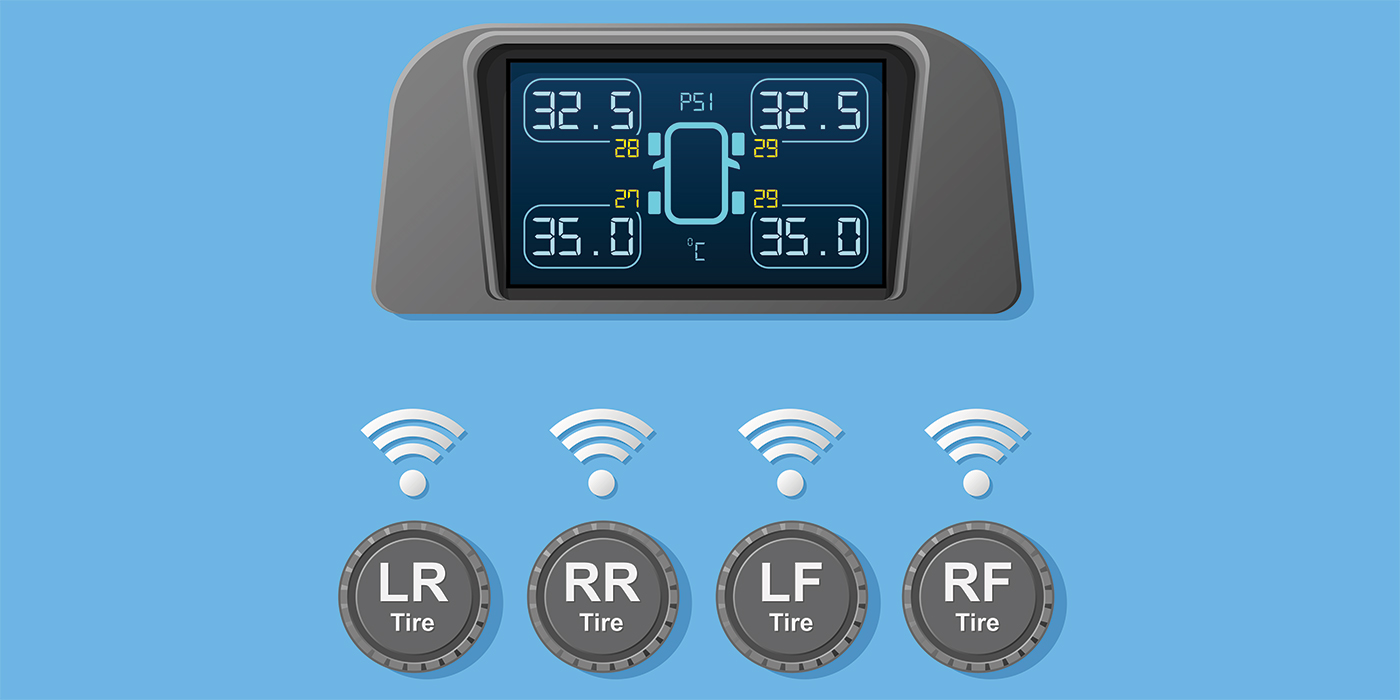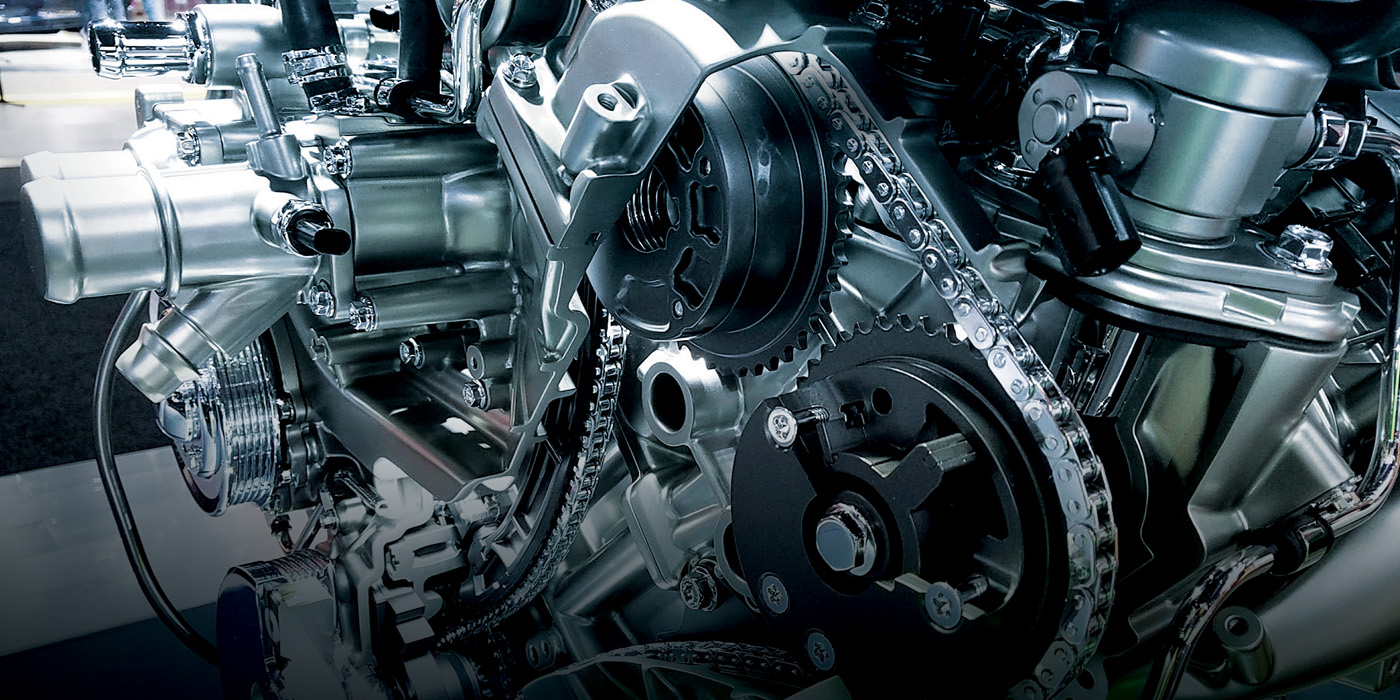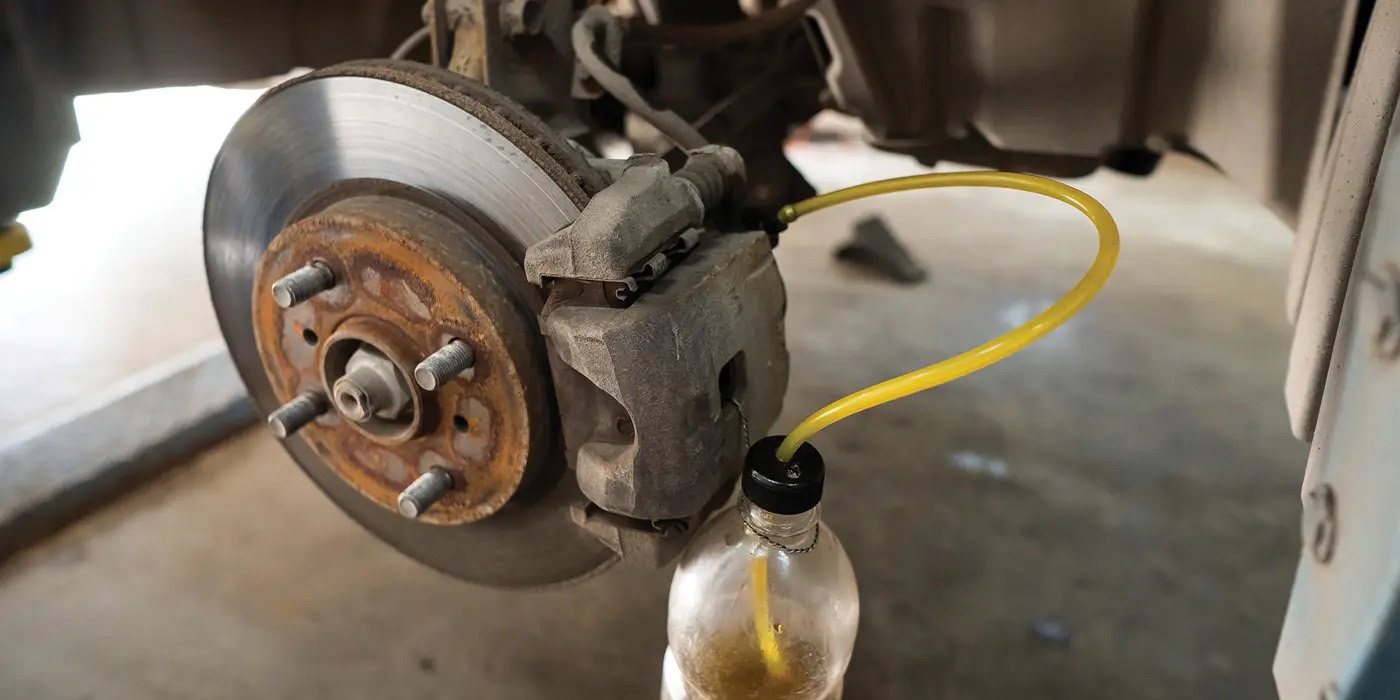1978 was a great year for American racecar drivers. Mario Andretti won the Formula One World Driving Championship with Colin Chapman’s Team Lotus. A Porsche 935 co-driven by two Americans, Dick Barbour and John Paul, Sr., won the IMSA class at LeMans. And, one of the most surprising wins that year, Lake Speed won the prestigious Karting World Championship.
Worldwide, kart racing is one of the most popular forms of motorsport and a key development series, yet most people in North America don’t know much about it. What started in the early 1950s with a simple pipe frame and chainsaw engine has evolved into a high-tech form of racing with engines to match.

Lake Speed Sr., Logan Sargeant, Fernando Alonso, Jan Magnussen, Alain Prost, Aryton Senna, Jarno Trulli, Mich Schumacher, Charles Leclerc, Lando Norris and Max Verstappen, to name a few, were all Karting World Champions. Speed and Sargeant are the only two Americans to ever win the World Karting Championship amongst some of the most talented drivers assembled in any form of motorsport.
During the season-opening F1 race last month, McLaren announced that it had signed 13-year-old American karting champion Ugo Ugochukwu to its young driver development program. While that may be a little young for F1 at the moment, the team hopes to emulate the success they found with Lewis Hamilton back in 1998.
Karting has become more of a global sport in recent years as many American tracks and sanctioning bodies adopt CIK (international karting) rules. Before that, world championship karting mainly consisted of competitors from Europe, and it was much different than North American karting. The karts were different and their style was different. American karting was focused more on four-cycle oval karts and two-stroke sprint/road races with centrifugal clutches tuned to maximize peak horsepower.
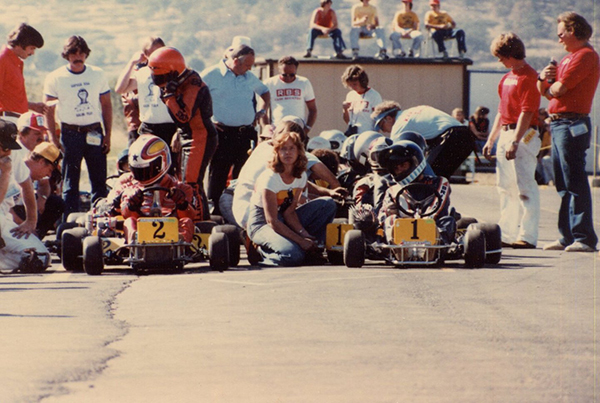
Several sanctioning bodies govern kart racing in the U.S., including SKUSA for shifter karts with two-stroke, six-speed engines, gearbox combinations, and the World Karting Association (WKA), and International Karting Federation (IKF) with multiple classes for two-stroke and four-cycle powered karts.
According to Lynn Haddock, a multi-time U.S. Karting Champion and tuner on Lake Speed’s World Championship run from ‘73-’78, they learned a whole new perspective of racing after competing in Europe for the first time.
“We were about four and a half seconds off the pace on a 55-second track,” explains Haddock. “It was embarrassing. But we learned from our experience that first year. It showed us a whole different way of looking at it. How we approached it from the American side was that we never even gave a second blink to the chassis. All we did was work on the power side, the motor, the clutch, the exhaust pipes, carburetors, everything that went with it. For the Europeans, the motor was the last thing they looked at. It just opened our eyes that we weren’t looking at the whole picture. We came back and started focusing a little more on the chassis, and things really picked up after that.”
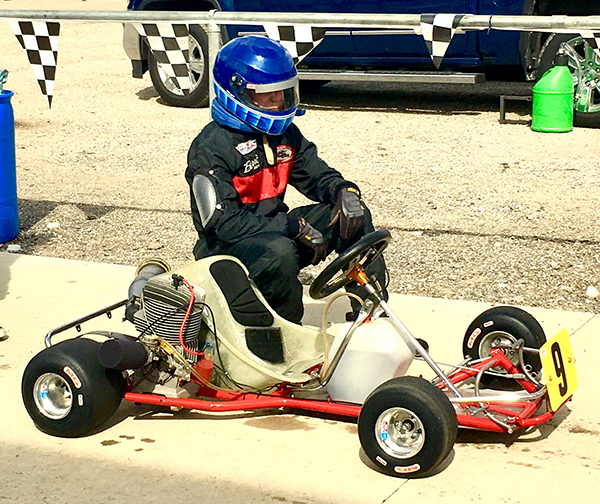
They met former F1 and IndyCar driver Eddie Cheever at the race in Belgium because he was one of the few racers who spoke English. “He kept coming over and asking us why we don’t work on the chassis? Finally, he asked if we wanted to use his spare chassis. I looked at Lake, and we agreed we didn’t have anything to lose at that point. When we got everything all hooked up, it was two full seconds a lap faster without doing anything!”
Lake and Lynn ran as a team in ‘75, but after that, Haddock says he realized he couldn’t compete at his weight because the karts were very light and minimum weight with kart and driver was about 260 lbs., which is 100 lbs. lighter than the karts today.
“I said to Lake, ‘There’s no way I’m ever going to be able to do anything other than maybe hope for a top 10 out of this deal. I can’t run 10- or 15-pounds overweight.’ I said, ‘Moving forward, you need to drive. I need to help wrench and we’ll keep on doing this.’ I was strictly the tuner after that. I ran one year, and that was enough for me to realize the competition was just too tight to give anything away.”
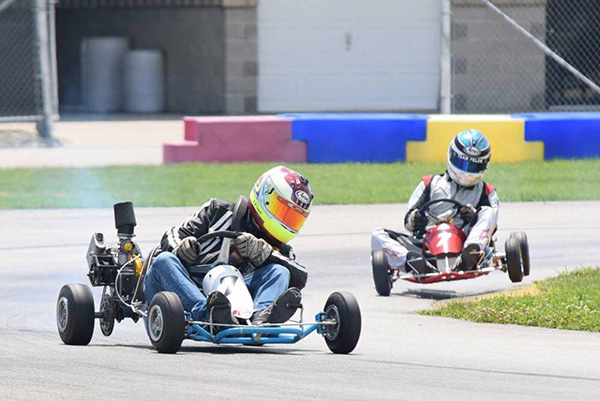
With the karts being so light, without a radiator (air-cooled engines) or plastic bodywork and big bumpers meant that drivers could not weigh more than 140 lbs. Haddock notes that 137 to 138 was ideal. “I was like 155 and I had starved to death to get to 150. I can almost keep up even 15 pounds overweight. But after 10 laps, I’m not a driver. I’m a passenger. I don’t have enough stamina because I’ve got no energy from eating so many salads.”
It took five years of learning, but the rest, as they say, is history. “It was actually a bigger deal than we even realized at the time. The funny part was the last year we won was a total comedy of errors from A to Z.”
Haddock and Speed figured out that after running the direct drives in Europe, the chassis is just as important as the engine. “We were used to blasting down in the corner, and whatever happened in the corner didn’t matter much because the clutch would bail you out. It pulls the motor down with a direct drive and takes a little more distance to recover from the error you made by not doing a nice tidy corner, so the engines had to be tuned differently.”
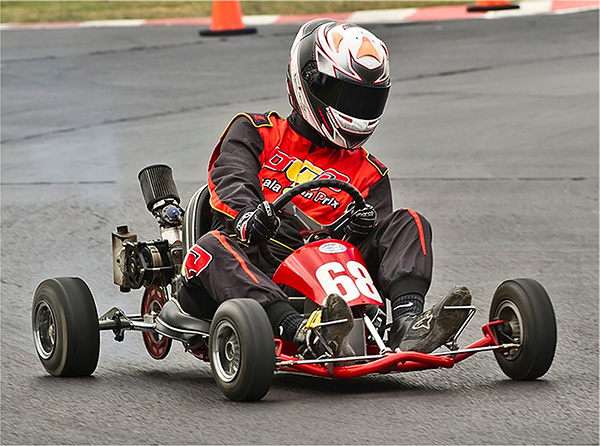
Haddock says their engines were built for high peak power but a narrow powerband. Their engines had about 22 hp compared to 18 hp for the Europeans. “If you looked at the power at 9,000 rpm, the Europeans still had three-quarters of their horsepower. We didn’t have anything. When the clutch fell off, it was the equivalent of being in the wrong gear, trying to come off the corner on a motocross track. It’s down in no man’s land where the power doesn’t exist. Today, the difference between the European-style motor versus the American clutch-style motor is that we have reverted to their type of tuning because everything here uses a dry clutch now (low-speed lockup clutch).
However, there’s been a resurgence in vintage kart racing in the U.S. over the past few years. Lake Speed and his son Lake Speed, Jr., have gotten back into karting and dusted off some of their old karts. Now there’s a Vintage Karting Association with events all over the country for karts from the late -’50s to early ‘80s.
“What I’ve seen from my time in the vintage go-karting market is that the vintage group is pretty interesting. There’s a lot of crossover between modern karting and modern car racing,” explains Lake Speed, Jr. “Most people who show up at a go-kart track have some other point of connection in motorsports.”
Speed notes that the competition level at most vintage kart events is incredible, with guys running all sorts of engine and chassis combinations that you don’t see anymore. “I remember going to one sprint race a couple of years ago down in Barnesville. In my heat race, you had a former NASCAR driver (Lake, Sr.), a 410 sprint car driver, a vintage Trans-Am driver who just got back from Laguna Seca, and a former WKA national dirt track champion. They dropped the green and everybody around me, I notice, races all the time.”
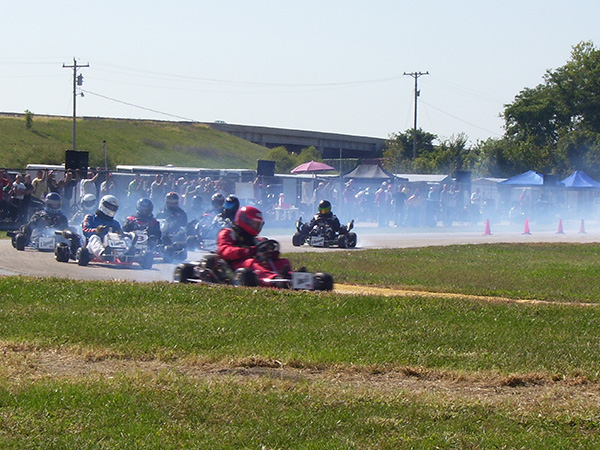
According to Speed, there are many old Margays, Emicks and Invaders at the vintage kart events with many types of two-stroke engines from the era, including KT100S Yamahas and McCullochs, which were modified chainsaw engines. “The classes are split between rear engine karts, single and dual. And then sidewinder karts, single and dual. And then the subcategories by displacement. You’ve got the 100cc classes and 130cc classes. And then they’ve got some Mac 49 (McCullochs) classes that are just singles and duals. Those guys run wide open around the whole place. They slide around a lot, so it’s fun to watch. Then, they also have an ‘80s class for 1982 and newer karts.”
Haddock started racing karts at the same time as Speed around 1958, but Speed went on to have a successful NASCAR career, leaving karts behind in 1980. Haddock says he raced karts for 40 straight years before solely focusing on engine building. He said it was challenging to work on the chassis and not touch the motor when they first learned how the Europeans tuned their karts. “It’s hard to break the habit of going to the track and setting the carburetor and then to forget about the motor. We’re not going to change the pipes or anything. There were many times we’d run out of stuff to do if we weren’t tinkering with the motor.”
Haddock says that they didn’t even lean the high-speed jet as many U.S. clutch karts do to get a little extra power. “It didn’t give any boost to lean the engine at the end of the straight because it was all gasoline, which has a very narrow tuning window anyway, as opposed to alcohol. Back then, most of the kart racing here in the United States was running on alcohol. In Europe and other places, alcohol kart engines were non-existent. You’re burning more than twice the fuel, and there’s a much larger tuning window with alcohol.”
The engines back in the early days of karting mainly were piston port or rotary valve. Haddock says the engines they ran in Europe were all rotary valve, which allowed you to tune the intake and exhaust porting independently. Over the years, the development of better reed valve materials and a thing called “collision porting” allowed the reed valve to surpass the rotary valve engine.
With the piston port design (i.e., Yamaha KT100S), the ports are fixed at TDC and BDC, so you have the same on both ends. Whereas on the rotary and reed, you can make changes to the port timing and scavenging. Reed valve engines use crankcase pressure (negative and positive) to control the valve timing’s opening and closing.
We asked Haddock to explain collision porting to us, and he said it was complicated. But in a nutshell, it involves aiming the gas ports to the crown of the piston to help cool it down and create turbulence that allows a denser fuel charge into the engine (which also cools and lubricates a two-stroke).
While Lake Speed was the first American kart racer to win the Karting World Championship in 1978, another American named Logan Sargeant finally won it again in 2015. In 1980, at one of Speed’s last kart races, he was starting the final on the front row against his old buddy Lynn Haddock. The two rivals and friends duked it out once more, with Haddock winning the race that time.
In 2005, Speed was lured back to the kart track by then NASCAR tech director Steve Peterson, who built a CIK-certified track inside the Charlotte Motor Speedway. And the rest, as they say, is history. Go karting is still alive and well in North America.
This article appears courtesy of Engine Builder.

